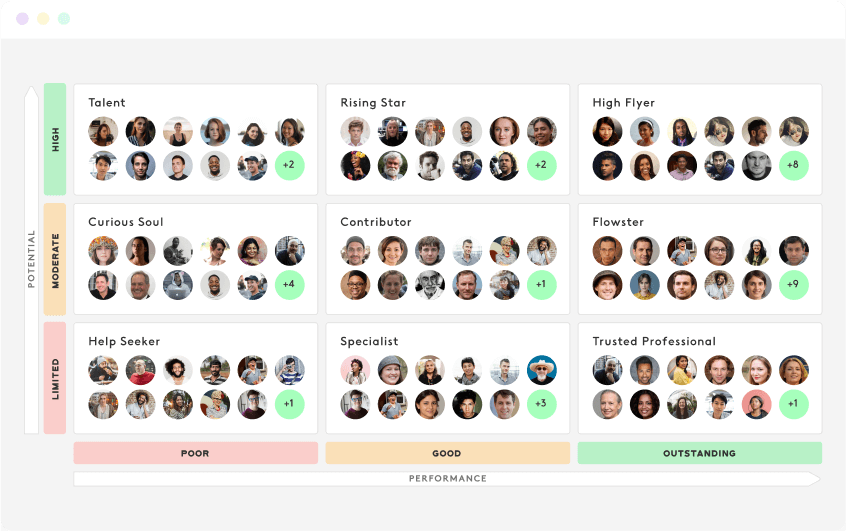Most professionals use computers to do their jobs, so it can be difficult to track what each person is doing and how efficient they are. An employee productivity software gives you visibility of this, along with a detailed picture of every team member’s working day and the results they achieve.
What is employee productivity software?
Employee productivity monitoring software is used to oversee employee productivity metrics. In other words, it enables you to analyse your employees’ behaviour and activities during the working day to understand how productive they are.
This type of software generates reports to detect productivity issues, track employee performance and improve team efficiency. They also show in a simple way the key performance assessment indicators.
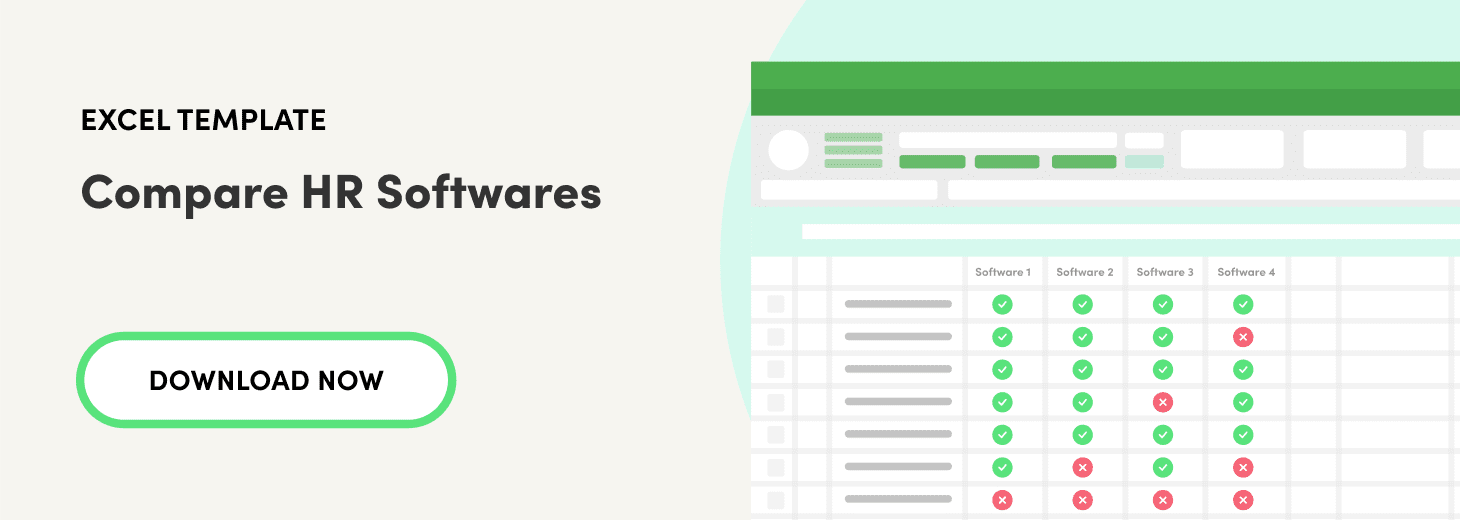
How can an employee productivity software help you?
Just as the definition suggests, employee productivity analysis software focuses on measuring employee productivity. But how? Through previously agreed metrics and objectives. This gives the company a tool to help them gauge whether expectations are being met.
On a deeper level, with employee productivity tracking software, you can:
- Identify areas of low productivity: employee productivity software tracks employee performance, analyses their work habits, and checks whether employees are performing in line with company standards.
- Boost remote worker productivity: to ensure that your employees continue to be as productive at home as they are in the office, this software records the time that employees are active/inactive, the IP address they’re working from, etc. To find out more about this, you can read our article on how to evaluate remote employees.
- Get reports on the company's productivity: these tools offer customised reports that show how employees are working in real-time. Or rather: what they spend their time on, the time they are active and inactive, etc.
- Achieve business objectives: having well-defined objectives and productivity expectations, employees understand which areas they should focus on to help the company achieve its goals.
- Increase efficiency: improving the productivity of your workforce is synonymous with profitability. A more efficient company means positive economic results.
Types of employee productivity software
There are several formulas you can use to measure employee productivity. Likewise, there's software that's designed to do just that. Let's take a look at some of these below:
Employee performance appraisal software
The best way to analyse employee performance is with performance appraisal software. This means conducting regular reviews of employee objectives and using them as a basis for assessing their work. If they are achieving these objectives, this means they're on track: if not, you need to look into the situation to understand why.
This software also enables you to collect feedback from the employee’s colleagues, managers, and clients to get a broader perspective of the person being evaluated. This helps the HR department make a qualitative assessment (with the comments obtained), as well as a quantitative one (by analysing objectives).
Performance appraisals, therefore, allows you to review your employees' productivity from different angles. The company can track employees' evolution and design training plans or customised upskilling.
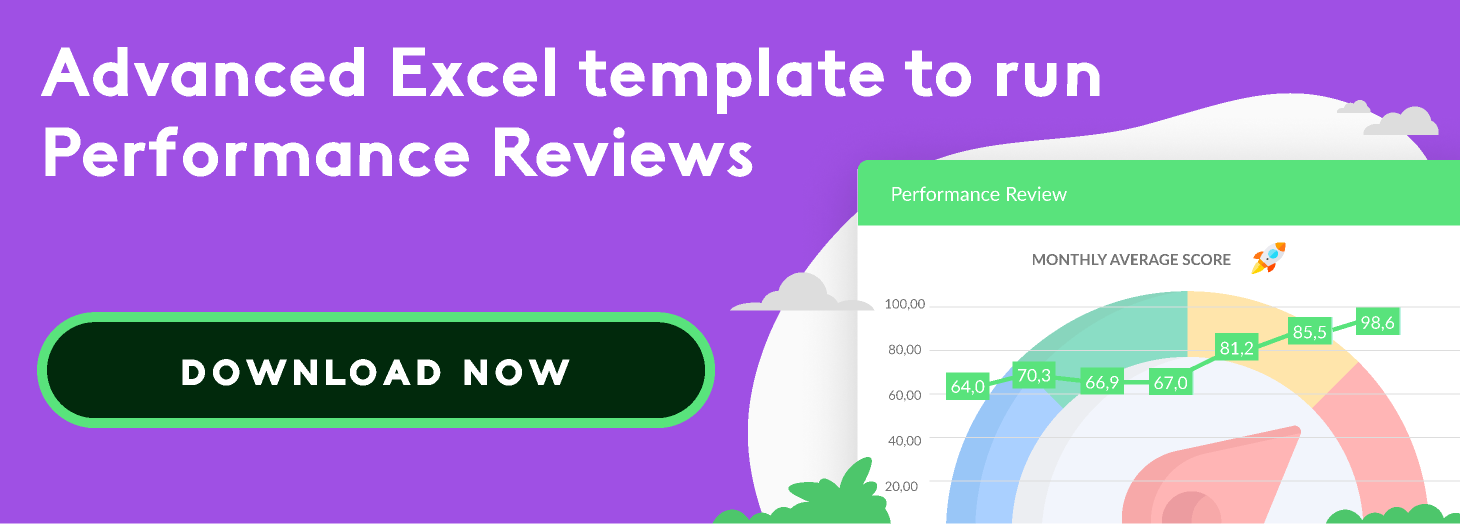
Similarly, employees will also have the chance to share their point of view and explain the difficulties they face in their work.
Employees will not usually feel anxious about performance reviews if there is a good flow of communication. But "spy" software to find out what employees are doing during their working day could give them the impression that the company doesn't trust them.
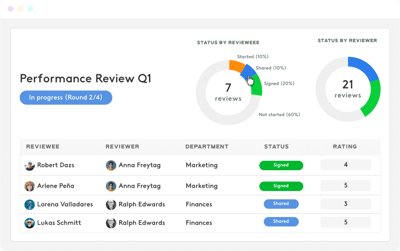
Kenjo Interface
Task management software
Task management software is a great tool for helping team leaders see what other team members are working on at any given time. They are based on the Kanban method, which organises tasks in three columns: pending, in progress and complete. Each task is assigned to a person with a delivery date, which gives you a simple overview of the project status, what the department is working on and of each member's current workload.
This is really handy as it gives you a ton of information, at a glance, to help you make the right decisions. For example, if you can see that someone is working on several tasks with imminent deadlines, but has not yet finished them, you can ask them what’s happening.
There is a range of task management software on the market: The two best apps are Trello and Asana. The first mimics the Kanban method's three-column layout. However, they are totally customisable, and you can adapt the design to different formats: columns, lists, calendar, etc. Both of these apps offer free versions.
Time tracking software
Time tracking software is cloud-based and multi-device systems that enable employees to clock in and out easily from wherever they are. It also informs the company about the hours worked, and the breaks employees take each day.
It’s worth highlighting that, from May 2019 onwards, companies across Europe became obliged to keep records of their workers’ start and finish times. The aim of this, as pointed out in this press release by the European Court of Justice is to avoid worker exploitation such as excessive unpaid overtime. Organisations, therefore, have to keep these records for at least four years (two in the UK), in case they unexpectedly receive a work inspection.
Kenjo offers a time-tracking software that makes it easy for organisations to keep attendance records. Your employees can even clock in and out from their mobile phone, so they don’t necessarily have to be present in the office (which is really handy when working remotely). In turn, the HR team receives the information automatically and can easily detect when things aren’t running as they should be.
While it’s important to have a time-tracking software, it might not be the best tool for measuring employee productivity. HR managers would only get information about the number of hours worked, and not what employees were doing during that time.
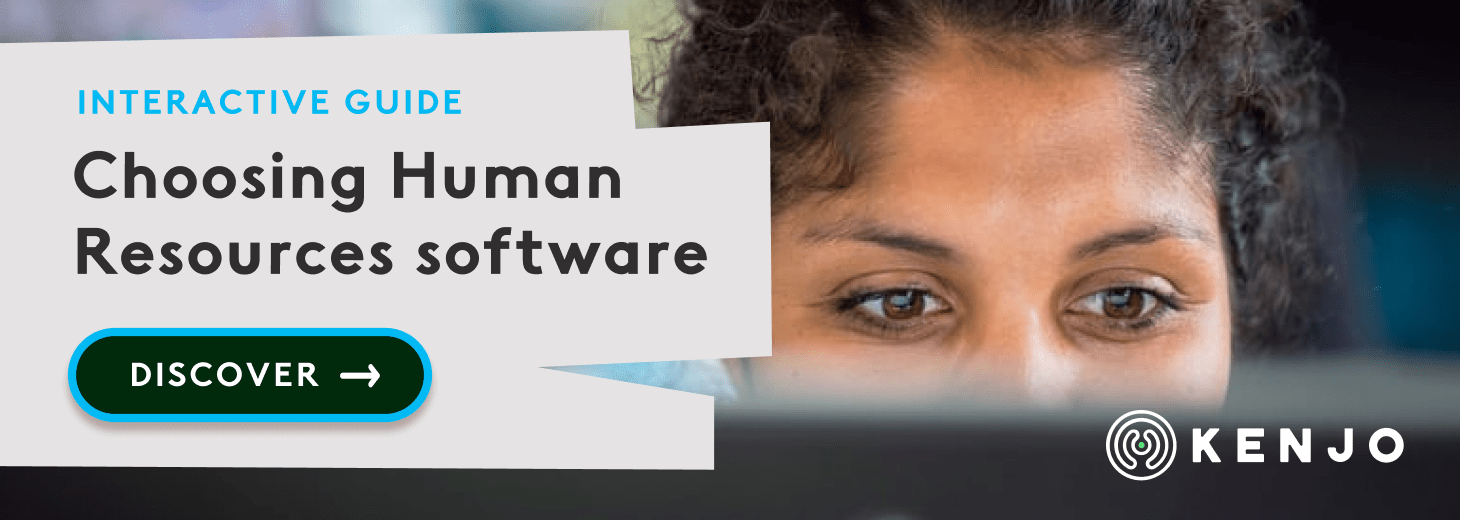
Employee productivity monitoring software
You'll also find employee monitoring software that can be installed on employee's computers that enables you to "see" which apps they use, and when they're active or inactive. Managers receive a daily report with a detailed overview. However, employees tend to feel "watched" and feel uncomfortable with these kinds of measures. So, this is not something we'd recommend for measuring employee efficiency.
Kenjo employee productivity monitoring software
We know how important it is to maintain high productivity levels in your company. That’s why, at Kenjo, we’ve created a HR software with different tools to help organisations measure employee productivity and make better decisions.
These are:
- The OKR systems help you set specific and measurable objectives for each employee, giving you a benchmark to use in performance reviews.
- The time management system records the hours worked on each project. It gives you visibility of what each employee spends time on and helps you measure project and employee efficiency.
- The performance review module enables you to implement evaluation processes to get both an individual and overall view of productivity in the company.
- The time-tracking system informs of you the hours worked by every employee and helps you identify digressions that could be a sign of other problems.
In turn, the HR team will benefit from an integrated and comprehensive platform that gives them key metric information for the company and make better decisions as a result.
